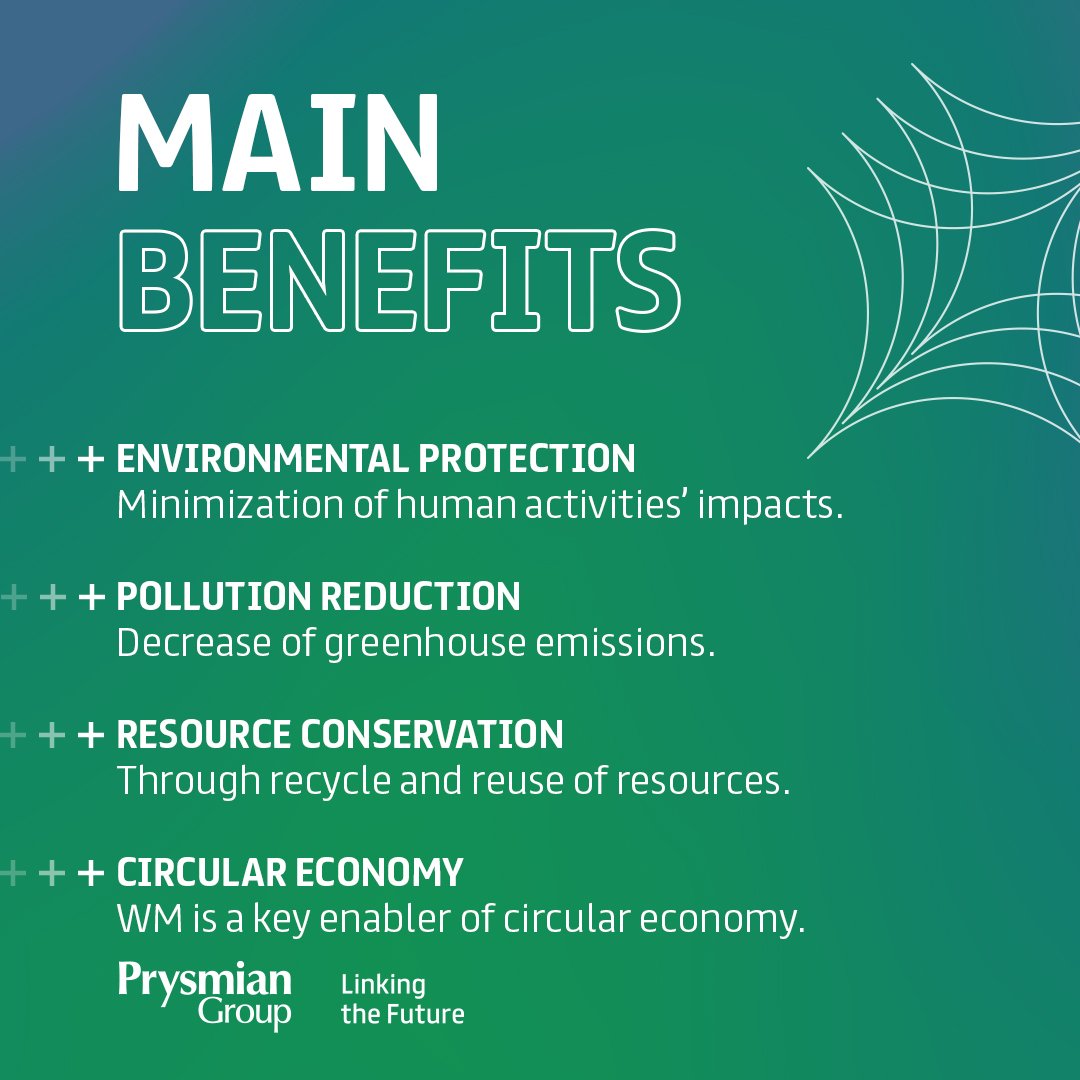The Basic Principles Of Reclaim Waste
The Basic Principles Of Reclaim Waste
Blog Article
The Definitive Guide for Reclaim Waste
Table of ContentsSee This Report on Reclaim WasteLittle Known Facts About Reclaim Waste.The smart Trick of Reclaim Waste That Nobody is DiscussingFacts About Reclaim Waste RevealedReclaim Waste Can Be Fun For AnyoneThe 25-Second Trick For Reclaim Waste

Never place damaging materials down sinks, commodes or stormwater drains Substances including petroleum, grease, oil, chemicals and herbicides, and solvents such as paint pole dancers must not be put down sinks, bathrooms or stormwater drains pipes. These compounds are challenging to remove in the sewage treatment procedure and trigger air pollution troubles in our local waterways.

Liquid waste is a term that covers a broad range of materials, there's an excellent reason why leaving its disposal to the experts is suggested. Fluid waste is non-solid material that has no further usage and should be dealt with and gotten rid of according to local, state and government regulations.
Some Ideas on Reclaim Waste You Should Know
Examples of fluid waste can include wastewater, fats, oils or grease, made use of oil, fluids, solids, gases or sludges and harmful home fluids, there are some that are taken into consideration to be extra hazardous than others when it comes to the environment and the wellness of animals and human beings alike. It's consequently that each state and territory have stringent policies connected to fluid waste management.
Fluid waste can be stored in holding storage tanks or packaged in drums, intermediate mass containers or accepted tiny containers prior to either being treated or removed through outsourced vacuum cleaner vehicles. Offered the nature of the materials, liquid waste can not go in the basic waste stream and there are strict regulations on how to dispose of it properly.
(https://trello.com/w/reclaimwaste1/)Relying on a decision of the degree of threat, it may be required to remediate those sites. In enhancement, hazardous fluid chemical wastes are managed waste and must be tracked in accordance with the state waste regulations. Under the chain of custodianship and responsibilities, owners are liable and responsible for waste generated by a company.
Among the core applications for superabsorbent polymers (SAPs) is liquid waste solidification. liquid waste disposal melbourne. SAPs are used by waste management specialists to avoid potentially damaging liquids from getting in rivers, groundwater aquifers, and other sensitive settings. Because liquids can quickly carry pollutants into environmental receptors and possibly add to geotechnical failings, liquid wastes are usually forbidden from disposal in landfills
Rumored Buzz on Reclaim Waste
Basically, free fluids are fluids that separate from the solid part of waste product. Liquid waste can consist of the following: HDD mud and cuttings Land fill leachate Wastewater treatment sludge & biosolids Dug up sediments Oil and gas drill cuttings Resolving fish pond muck Hydro Excavation slurry Coal burning residuals/ash Storage tank bottom sludge Concrete grinding/polishing slurry Relevant Short article: For a functional example of complimentary fluids separating from waste material, consider the following scenario: A waste monitoring specialist loads a dump vehicle with sludge from a wastewater treatment plant's oygenation container, throughout a regular upkeep event.
Nonetheless, when the chauffeur comes to the land fill, he notices water leaching from the sludge and pouring from the dump vehicle. The load was declined by the landfill and the chauffeur was required to take care of the waste as a fluid waste at an unique facility, which enhanced the disposal costs greatly.
The globe is drowning in rubbish and we can not pay for to be irresponsible anymore. We need to do something about it and recycle whatever we can anywhere we can. We likewise need to be responsible for the appropriate disposal of our waste materials. It is not nearly enough that we pay garbage disposal business to care for our rubbish.
The 15-Second Trick For Reclaim Waste

Segregating your waste can begin inside the home. Set apart completely dry and fluid waste as well as edible waste, eco-friendly and non-biodegradable materials.
You can utilize old trash can, container, yard pot or old plastic drums. Drill four to 5 holes in the container so the air can flow. Layer all-time low with soil to absorb the damp waste. Beginning the composting procedure. Layer the compost with wet and completely dry waste along with soil to preserve an equilibrium in between the damp and the completely dry.
Some Known Details About Reclaim Waste
To help with faster decay, you can also add semi composted soil to the compost. If you notice the odor is coming to be as well solid, add extra newspapers and paper waste or include more openings to the garden compost bin to keep the equilibrium of the waste materials.
We also need to be accountable for the proper disposal of our waste products. It is not sufficient that we pay waste disposal business to take treatment of our rubbish.
Our waste, our responsibility. Have you ever wondered what happens to your fluid waste after it's accumulated? Did you understand that fluid waste can be recycled?
Our Reclaim Waste PDFs
Segregating your waste can begin inside the home. Segregate dry and liquid waste as well as edible waste, biodegradable and non-biodegradable materials.
Layer the base with dirt to absorb the wet waste - liquid waste disposal. Layer the compost with damp and dry waste as well as soil to keep an equilibrium between the damp and the use this link dry.
Cover the garden compost bin. When a week, add dirt on top of the garden compost. To help with faster decomposition, you can likewise add semi composted soil to the compost. Preserve the garden compost. If you observe the odor is coming to be also strong, include additional papers and paper waste or add even more openings to the garden compost bin to maintain the equilibrium of the waste products.
Report this page